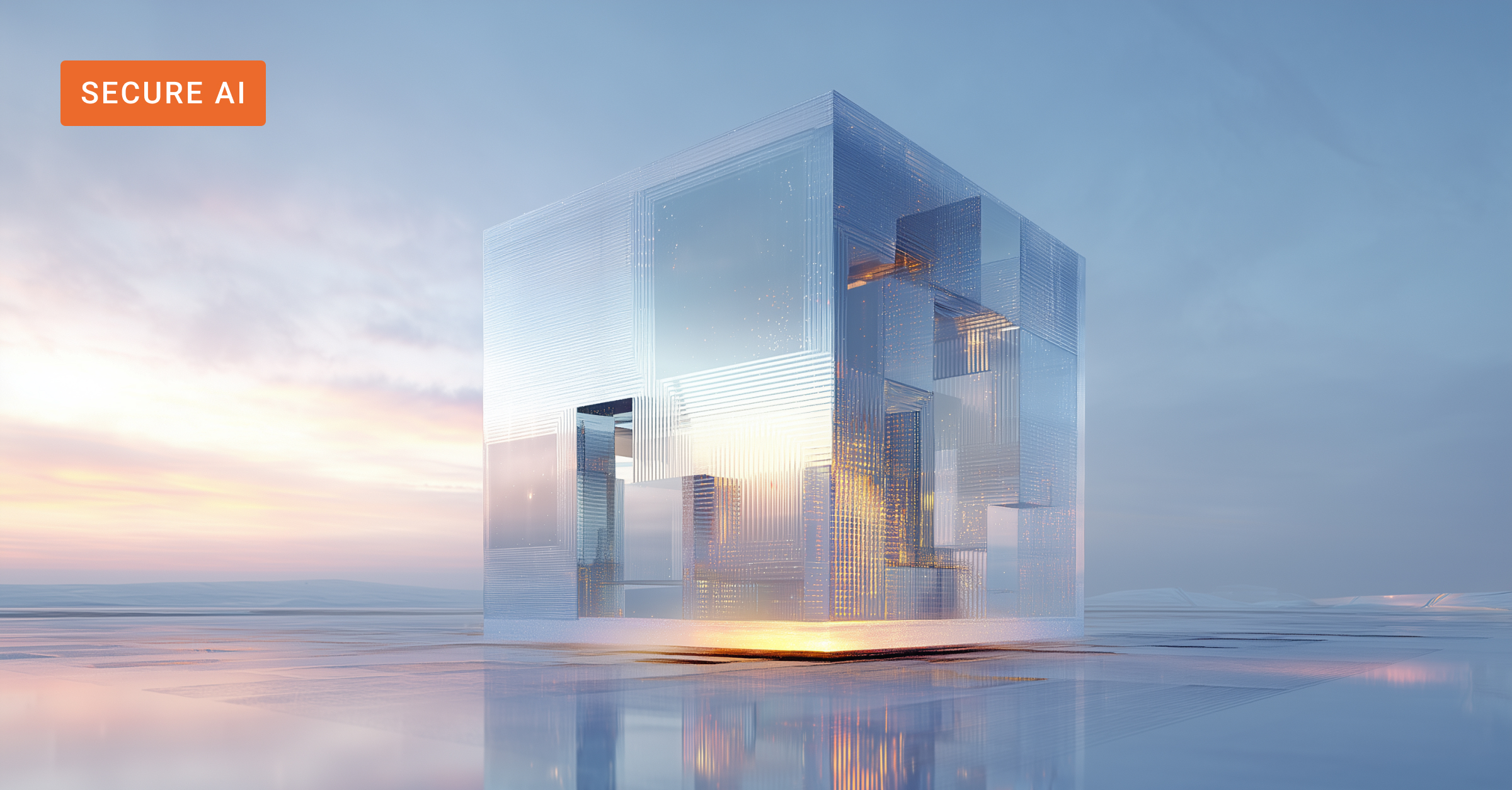The latest generation of large language models (LLMs) are impressive wordsmiths. Trained on reams of internet-scraped content, they excel at analyzing, summarizing, and generating texts. Their abilities have already made them invaluable for organizations, enabling retrieval augmented generation (RAG) systems capable of quickly generating answers or summaries based on the most relevant information identified in internal data repositories.
Pinpointing Precision: Why Traditional RAG Fails with Complex Data Sets
But when it comes to pinpointing precise facts, figures, or other entities within complex data sets, traditional RAG setups can fall short. While they are likely to give you a compellingly phrased output, they can struggle with more granular queries, like pulling a specific number in a document or differentiating between synonyms. Ask it to retrieve a figure buried in a dense report, and it will likely find the right document. It will return a figure, too, it just might not be the specific one you were after – especially when the source contains several similarly labeled entities.
For organizations in competitive or highly regulated industries, this can be a dealbreaker. Mistakes can be costly, and inaccuracies undermine trust in GenAI-driven systems. As a result, accuracy, reliability, and trustworthiness have become critical differentiators for enterprise GenAI technology. And recently, they have thrust an additional enabling technology into the spotlight to tackle these challenges: knowledge graphs
(If you want to understand what's under the hood of a traditional RAG setup – starting with vector search – read our blog here.)
Why Are Enterprise Knowledge Graphs Key to Elevating RAG Capabilities?
In many enterprise use cases, especially in highly regulated sectors such as government, healthcare, and finance, AI Accuracy is non-negotiable, all but disqualifying probabilistic methods such as vector search-enabled RAG. In such cases, knowledge graphs come to the rescue, bringing much needed determinism into the data retrieval process.
Enterprise knowledge graphs build on carefully defined enterprise taxonomies and ontologies that systematically define and disambiguate concepts and capture the relationships and hierarchies within the data. By classifying enterprise data according to these structures, the RAG system gains a deeper understanding of the context. This enables it to effectively navigate the graph of interconnected data points and guide the data retrieval process by leveraging the semantic relationships encoded in the ontology.
The result of this semantic search, or contextual search, is enterprise AI that delivers dramatically increased accuracy and reliability.
GraphRAG: A Game-Changer For RAG Accuracy – When Done Right
Over the past months, knowledge graphs have become a buzzword in the enterprise AI space. But while many providers leverage the technology in their AI enterprise systems, the specifics of their implementation will make all the difference.
With over 25 years of experience, Synaptica has been a leader in delivering award-winning enterprise taxonomy and ontology software, along with professional services to businesses and government agencies worldwide. Now part of Squirro, Synaptica continues to help organizations categorize, organize, and discover enterprise knowledge. Its software, Graphite, centralizes taxonomies and ontologies, providing a Single Source of Truth that ensures metadata consistency across platforms. This structured foundation unifies content, enabling classification based on semantically clear concepts rather than ambiguous keywords, which enhances both search precision and recall.
The result is a semantic knowledge graph, in which concepts in the graph are interrelated to each other via semantically unambiguous logic-bearing relationships.
.png?width=2000&name=1738745688986%20(1).png)
Why does this matter? Because it completely changes the game by enabling machine inferencing across the graph to deliver powerful aboutness classification as well as associative recommendations.
Integrating such a Single Source of Truth with content classification workflows enables the system to automatically build a content-aware knowledge graph that can improve search, empower analytics, and control the flow of conversational AI. Squirro’s content-aware knowledge graph is self-learning and improves automatically with use. The more content it is exposed to, the more connections it builds between conceptual entities. The more connections in the knowledge graph, the greater is its ability to generate inferences and recommendations.
What Can GraphRAG Achieve in Practice? Insights from Case Studies
Squirro Enterprise GenAI Platform incorporates a range of additional technologies that go beyond the standard capabilities of RAG to further improve the accuracy, reliability, and trustworthiness of generated outputs. Let’s explore key use cases where our enhanced RAG solution, including Knowledge Graphs, overcame the limitations of stand-alone RAG, demonstrating the value of these powerful components.
Case Study 1: Ensuring the Accuracy of Critical Information
A customer active in the food service industry was seeking to improve the ordering experience to help employees manage complex order customization, improve service delivery, and be able to notify customers of any potential allergens contained in their orders.
Due to the health risks inherent to allergen-containing foods, the conversational AI solution had to reliably provide highly accurate, deterministic outputs based on transparently sourced information. The challenge was compounded by the fact that customers can customize their orders, leading to thousands of potential product variants.
To achieve the required accuracy, particularly for highly complex products, the solution developed combined the Squirro Agent Framework with a knowledge graph to intelligently identify the product, property, or relationship related to the user query. Once identified, the GenAI system is able to retrieve the specific product information and other properties required to address the inquiry from the knowledge graph, achieving up to 90% accuracy.
Case Study 2: Ensuring Completeness of Customer Input for Incident Reporting
An international telecommunications company was seeking to automate and speed up incident reporting and resolution based on customer support requests.
Typically, customers requiring support for their IoT devices would share the details of their issue with human customer support agents. Because of the complex nature of the operational infrastructure involved, it can take multiple exchanges before all the necessary information is gathered. In this instance, a knowledge graph facilitates the classification of requests and the collection of necessary information.
By systematically capturing all relevant product information, the knowledge graph helps ensure that AI-powered customer service agents obtain all necessary information from customers in a natural conversation using a chatbot before automatically generating a service ticket.
This helps avoid follow-up requests for missing information, which can not only delay troubleshooting and resolution but also negatively impact customer satisfaction.
To sum up: An enterprise taxonomy-ontology combined with a content-aware knowledge graph literally generates new knowledge out of existing knowledge. This comprehensive approach not only enhances the precision and depth of insights, it also ensures that users gain access to the right information faster while supporting more nuanced, accurate responses in conversational AI.
Unlock the Next Level of AI Performance
As organizations adopt large language models and generative AI, many realize that adding retrieval augmented generation (RAG) alone won’t suffice. To unlock true enterprise-scale impact, they often need to go beyond the fundamentals – delivering greater accuracy, expanding functionality, and ensuring trust, even in the most intricate use cases.
Download our comprehensive white paper to explore how the Squirro Enterprise GenAI Platform advances your enterprise AI beyond RAG with unmatched security, efficiency, and precision.




.png?width=990&height=730&name=1738745829054%20(1).png)
.png?width=718&height=486&name=1738747304708%20(1).png)



